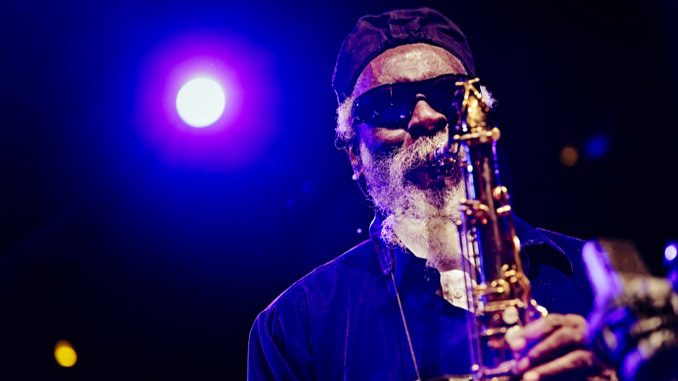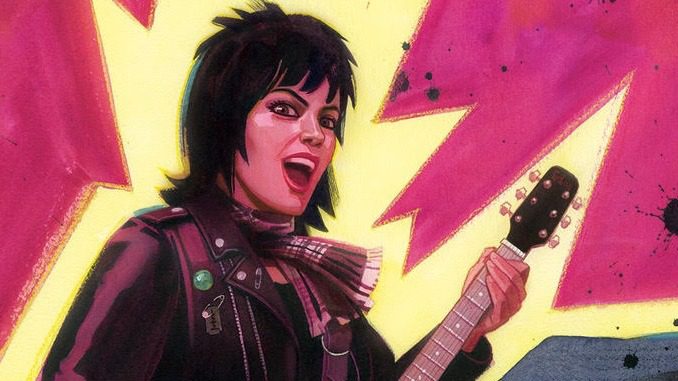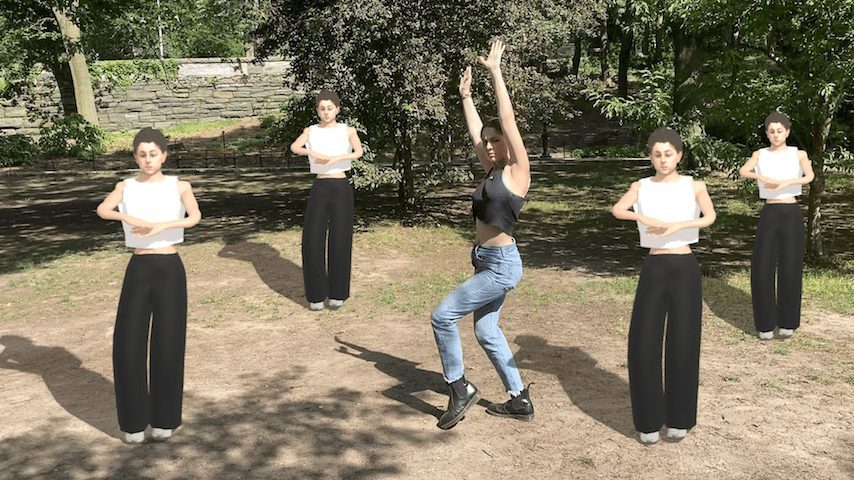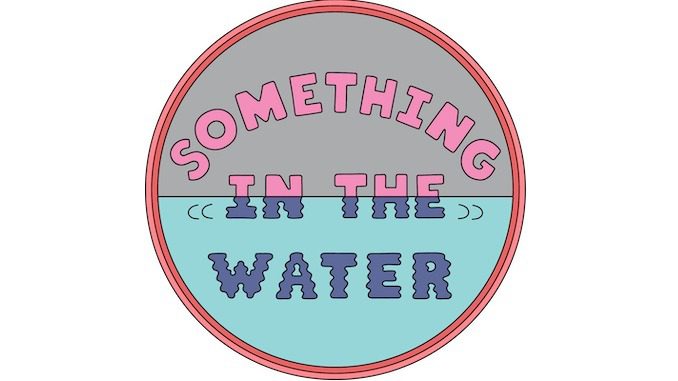To say that Pharoah Sanders was one of the jazz greats is a dramatic understatement. With a sound that fell somewhere in between ambitious free improvisation and proto-psychedelia, the saxophonist dropped some of the most groundbreaking, captivating and downright enjoyable experimental records of the 20th century. On top of his attractively daunting solo discography, he collaborated with artists including Don Cherry, Alice Coltrane, Sonny Sharrock and many others. Infusing challenging music with a palpable essence of spirituality, he’s behind some of the most emotive woodwind chops ever laid to tape.
Born on October 13th, 1940, Farrell Sanders grew up in Little Rock, Arkansas. After jamming along to church hymns on the drums and clarinet as a kid, he picked up the saxophone while he was in high school. Some of his early influences included Sonny Rollins and Charlie Parker—eventually those beloved players would be known as his creative equals. After a stint studying visual art at Oakland City College in the Bay Area, Sanders packed his bags and hitchhiked to New York City in 1962, without so much as a room to live in.
In the Big Apple, he hustled hard, sleeping on the train when he didn’t have a place to crash. When he couldn’t afford a meal, he sold his blood to buy food. In this period of willful suffering and radical devotion to his craft, he met kindred spirit Sun Ra, who took him in, gave him the “Pharoah” moniker and let him in his Arkestra. While cutting his teeth in that famously offbeat ensemble, Sanders caught the ear of John Coltrane, who enlisted him for his band and became a sage mentor figure until his untimely death in 1967. Hopping aboard at the perfect time, Sanders was able to perform on enduring masterpieces, including A Love Supreme, Selflessness Featuring My Favorite Things and Live at the Village Vanguard Again!
Sanders was a prolific sideman who appeared on some pretty storied jazz recordings. But his solo output is just as noteworthy as his session work. He started his own ensemble in 1964, which is also when he put out the aptly titled album Pharoah’s First. It didn’t take long for him to settle into an inimitable groove as a bandleader. Within the course of a single decade, he released a hefty handful of LPs, including Karma, Thembi and Love In Us All—three of the most jaw-dropping records of that fruitful bohemian era. He kept churning out largely phenomenal albums until 2003, when he stepped away from the studio for more than a decade.
In 2020, Sanders released Promises, a partnership with Floating Points and the London Symphony Orchestra. Met with almost universal acclaim, there didn’t seem to be a question of whether it was going to be his last album; we all just kind of quietly knew. His soulful musicianship rested atop an unusual amalgamation of IDM soundscapes and a recurring neoclassical motif. It remains a surprisingly polished affair, especially coming from a musician whose biggest “hits” are prone to flaunting dissonant skronks and trebly screeches. Pairing ancient composition techniques with contemporary textures, it seemed like a stoic salute to the sounds that came before him and a handshake of respect for some of the best new styles to emerge over the course of his lifetime.
As someone who grew up a jazz drummer, I became familiar with Sanders’ work in middle school. But it wasn’t until college that his albums really clicked for me. The first bonafide art school party I ever went to was at a house with a vinyl collection so dense and packed with rarities, it would have had even your neighborhood’s spendiest record store clerk shaking in their shoes. A few beers deep, I sifted through the stacks of LPs while everyone else loitered in the backyard. Stumbling upon a battered pressing of Alice Coltrane’s Journey in Satchidananda, I was struck by its album cover and made a mental note to check it out the next day. Giving it a spin while I wandered aimlessly around the sun-drenched nothingness of the Los Angeles suburbs, I was obviously drawn to her harping. But what really won me over were Sanders’ swirling woodwind intonations. My interest piqued, I spent the rest of that semester diving deep into his catalog, falling in love with the heady, sticky strain of avant-garde music he pioneered.
On Sept. 24, 2022, Sanders passed away peacefully at the age of 81 in his Los Angeles home. The cause of death was not revealed by his label Luaka Bop, who broke the tragic news. It’s hard to emphasize the importance of his contributions to the genre he helped simultaneously innovate and deconstruct. So, in honor of the late free-jazz icon, Paste is looking back at his 10 best cuts, from splotchy, carefree jams to esoteric vocal affirmations.
10. “The Second Stop Is Jupiter”
If there’s one thing that Sun Ra and Sanders have in common, it’s an infatuation with all things celestial. Outer space was a recurring theme throughout the catalogs of both artists, so it makes sense that their collaborative album with flautist Black Harold contains tracks with titles like “Space Mates,” “Cosmic Interpretation,” “The Other World” and “The Second Stop is Jupiter.” The latter is the best piece on the record, as it presents Sanders’ most grippingly chaotic side in rare form. Saxophones duel over hectic boings and clangs, which build up to an intense drum solo from Clifford Jarvis. Recorded live at the Cellar Cafe in New York City, it evokes a ride on a rickety rocket ship that may or may not make it all the way to the planet in question.
9. “Thembi”
On his seventh album Thembi, Sanders reeled things in a bit. With the longest track (“Morning Prayer”) clocking in at less than 10 minutes, it holds up as one of the most approachable records he ever made. The title track plays into the album’s refined tendencies. Opening with a funky bassline from Cecil McBee and a shockingly restrained shuffle carried by a small army’s worth of drummers and percussionists, Sanders’ chops on this one call to mind Paul Desmond more than they do Albert Ayler. If you’re having some of your normal friends over for dinner, but still want to add a work by Sanders to your soundtrack, make it this one.
8. “Selflessness”
John Coltrane shaped the course of not only Sanders’ career, but also his life at large. Therefore, it’s easy to deduce that “Selflessness,” the closing track on Wisdom Through Music, is an homage to his album Selflessness Featuring My Favorite Things. But the track isn’t just great because of its compassionate subtext. Opening with a chorus that chants the titular word, a major-key piano vamp fades in and out until things erupt into an ocean of joyful sound. Sanders put out more than a few lengthy-but-essential pieces in his day, but even at almost 11 minutes from start to finish, it still feels like he could have dragged this one out without a problem.
7. “Morning Prayer”
Sanders was responsible for some pretty timeless albums, but the one I’ve found myself returning to most over the years is Thembi. Maybe that’s because it’s essentially his pop record, or perhaps it’s because it sounds like Dave Brubeck’s Time Out recorded by a bunch of hippies instead of nerds. Either way, it’s probably my most worn-out LP in his discography. The penultimate track, “Morning Prayer,” seems to fall in the gray area between the record’s most buttoned-up and patchouli-scented tendencies. Soaring, yet controlled, it flawlessly balances demand and reward.
6. “The Creator Has a Master Plan”
Sanders had a true penchant for making music that was sprawling without being overly indulgent. “The Creator Has a Master Plan,” the gargantuan A-side of Karma, finds this quality at its finest. For the most part, Sanders’ blissed-out playing floats atop a neo-salsa groove, though occasionally the band erupts into bursts of randomized noise. The track is largely instrumental, but Sanders’ gorgeous vocals dart in and out of the picture. “The creator has a working plan / Peace and happiness for every man / The creator has a working plan / Peace and happiness for every man,” he sings on a recurring refrain. As a whole, the cut makes me think of a warmer, single-track answer to the entirety of John Coltrane’s A Love Supreme.
5. “Astral Traveling”
Thembi marked the last time Sanders ever recorded with virtuosic keyboardist Lonnie Liston Smith, and it was also the first time that the latter musician tried playing the electric piano. Opener “Astral Traveling” captures his effortless talent on the Fender Rhodes extremely well, finding him breaking out chords so lush and nocturnal, they barely need a backing band to sound like a full song. But Sanders’ tones still inject Smith’s licks with tangible passion. Sanders had a knack for crafting surrealistic, cinematic atmospheres, and “Astral Traveling” feels like falling in love on a humid summer night in some mystical patch of garden.
4. “Shiva-Loka”
Alright, look: Technically, Journey in Satchidananda is an Alice Coltrane record, but it clearly says “featuring Pharoah Sanders” on the cover, so we’re sliding a cut from that stone-cold classic onto this list. The record is remarkably cohesive, packed to the brim with masterful tracks from start to finish. It’s hard to pick a favorite, and it also doesn’t seem fair to do that, since it’s best digested in its entirety. But the standout is the second number, “Shiva-Loka.” Opening with the clatter of Majid Shabazz’s bells and Rashied Ali’s earthy cymbals, it floats in the ether until Sanders’ saxophone penetrates the pink-tinted sludge. Coltrane’s harping weaves jagged lines around his quivering melodies, until things disintegrate into a metallic blur. You’d be hard-pressed to find a Sanders collaboration with either of the Coltranes that’s anything less than stunning, but it doesn’t get much better than “Shiva-Loka.”
3. “Colors”
On paper, Sanders’ third solo record Karma is frontloaded and a little lopsided. At just two tracks, the album’s A-side “The Creator Has a Master Plan” tends to (understandably) hog the spotlight because it’s over 30 minutes from start to finish. But its B-side, the comparatively curt “Colors,” is one of the Sanders tracks I have returned to most over the years. He had a beautiful voice, and his pipes are on full display with this one. “People say that life is misery / But in him there is no mystery / So he sends to us his rainbow of love / Red and orange and purple / Yellow and blue and green,” he sings over a languid instrumental that feels like it’s smearing golden streaks onto your speakers. Sanders’ horn playing is obviously great, but the non-lyrical highlight on this one is actually the piano performance from Lonnie Liston Smith, whose chops are unignorable and commanding.
2. “Movement 6”
2020’s Promises doesn’t play like a collection of tracks so much as it does a continuous, 46-minute exploration of hindsight and aging. But since it is technically broken into nine movements, we’re able to pinpoint this one as the highlight. “Movement 6” is underlined by overcast washes of strings and grand piano, which slowly brood until things culminate in a climax of uneasy stutters. Sanders’ contributions are difficult to pinpoint, but the song still retains the emotional resonance that makes his work so special. According to the numbers on streaming platforms, it’s technically Promises’ biggest hit—whatever the hell that even means in the world of ambient jazz—and what makes it so noteworthy is that it’s unlike anything else under Sanders’ belt, showcasing his skills as a quiet director of striking moods.
1. “Love Is Everywhere”
“Love Is Everywhere” isn’t exactly a deep cut, but there’s a reason it’s one of Sanders’ best-known songs. “Love is everywhere / Love is in us all,” Sanders and his band sing in call-and-response harmonies over an instrumental built around piano, flute, bass, drums and other percussion. Contrasting aural peaks and valleys with positive affirmations, jaw-dropping instrumental prowess and positive energy are both cast in a radiant glow. Sanders’ music is often referred to as spiritual jazz, but his catalog contains everything from painful dirges to frantic bebop. “Love Is Everywhere” captures his sound at its most wonderfully cosmic, esoteric and enlightening—a perfect distillation of all the things that made him such a singular and unforgettable artist.
Ted Davis is a culture writer, editor and musician from Northern Virginia, currently based in Los Angeles. He is the Music Editor for Merry-Go-Round Magazine. On top of Paste, his work has appeared in Pitchfork, FLOOD Magazine, Aquarium Drunkard, The Alternative, Post-Trash, and a slew of other podcasts, local blogs and zines. You can find Ted on Twitter at @tddvsss.
Listen to a 1984 Sanders performance from the Paste archives below.




